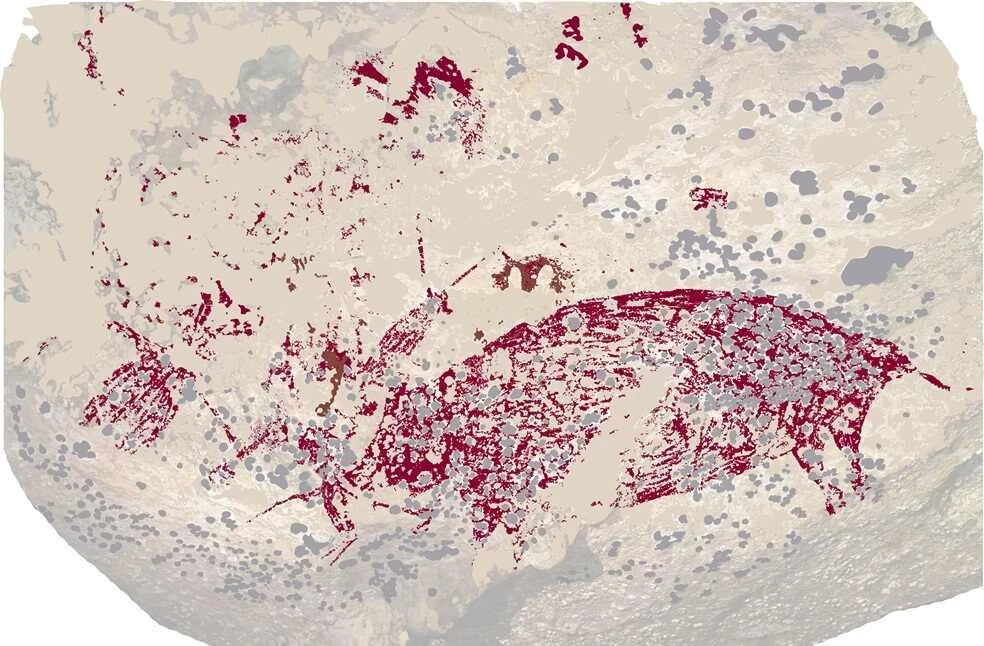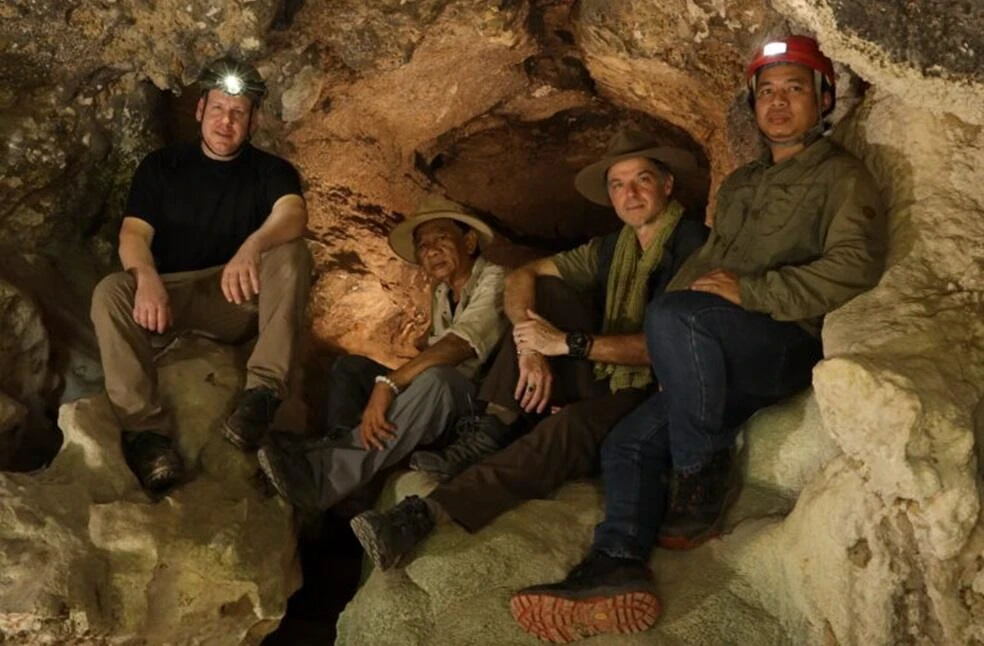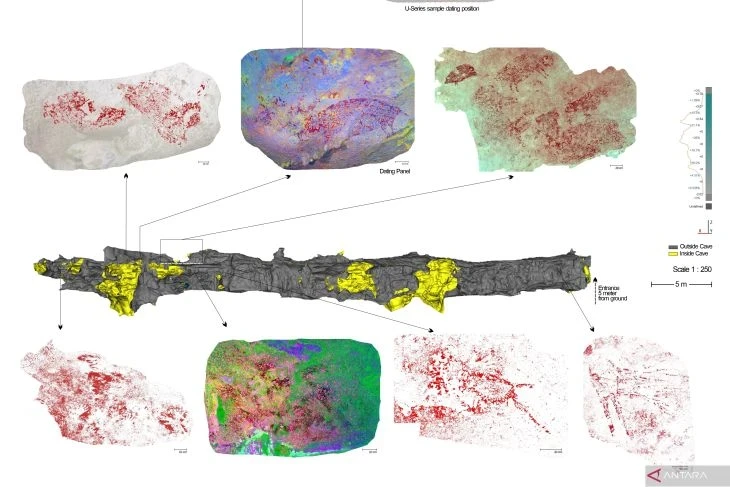In the limestone cave of Leang Karampuang, located in Maros-Pangkep, South Sulawesi, ancient rock drawings have been discovered, estimated by researchers to be at least 51,200 years old.

These drawings depict humans, anoa (or dwarf buffalo), and a wild pig measuring 92 cm by 38 cm in dark red shades. Through these drawings, ancient people seem to convey that the anoa were quite dangerous at the time, necessitating cooperation and innovative hunting methods. However, there is another view that these images may have some ritual significance. The find tells us about the early art and culture of the inhabitants of Indonesia during that time.

From an archaeological perspective, the drawings discovered in Sulawesi are the oldest finds in Indonesia, embodying rock art. This was stated by the head of the BRIN (National Agency for Research and Innovation) research team, Adhi Agus Oktaviana. These images, considered the oldest examples of narrative art, indicate the development of the ability for complex forms of artistic expression in early humans much earlier than previously thought.
The discovery suggests that even then, people had the ability to create and understand complex narrative scenes, which is a key aspect of human culture and cognition.
The research was conducted by a team of archaeologists from the National Agency in collaboration with Griffith University and Southern Cross University in Australia. Their work was highly praised, and as noted by the group leader, this is an example of the responsibility of national archaeologists in seeking the historical heritage of the ancestors of the Indonesian people.

The research used the latest methods, specifically laser ablation U-series (LA-U-series), which is applied at Griffith University and Southern Cross University to obtain precise dating of the thin calcite layer formed on the surface of the art.
The discovery of 51,200-year-old drawings indicates that the region of South Sulawesi was an important center of early human creativity and development. This expands the timeline of human activity in these areas and highlights the significance of Indonesia in world history. The find makes the region an important site for archaeological and anthropological research, potentially attracting the attention of the international scientific community and tourists.
Sources: infodenpasar.id, balipost.com.

You can add one right now!